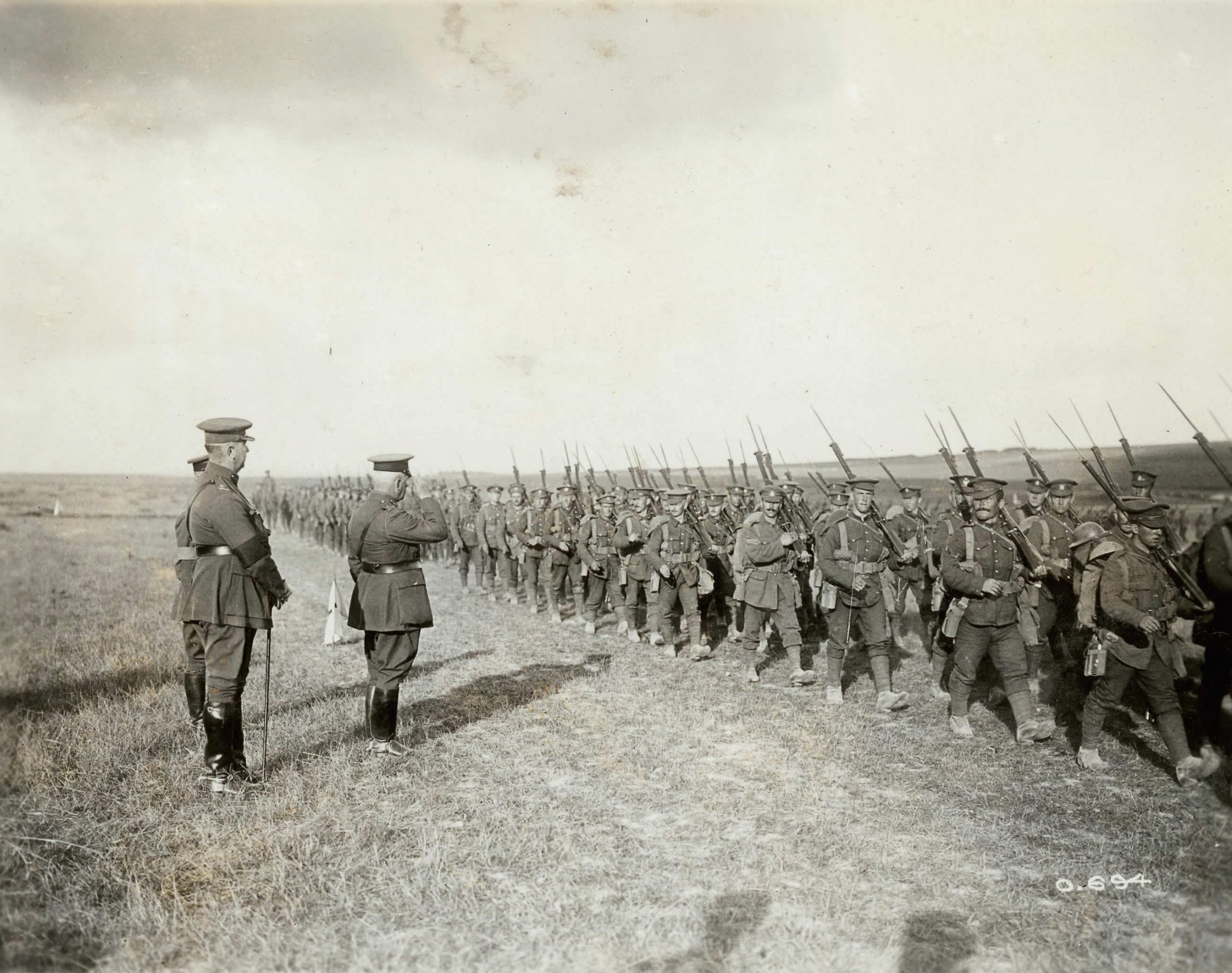
Researching military personnel
Uncover an individual’s wartime service and experiences with the help of a research guide. Learn how to access and gather information from wartime documentation and modern publications, as well as how to find photographs, works of art, military equipment, and more.
Research guides
Each guide will walk you through the steps of finding where and when individuals served as well as their unit history, culture, important activities, or battle honours. Learn about training, promotions, medals, injuries and medical treatment, graves and memorials, and the context of their war service.
Prior to the creation of a Canadian navy, Britain’s Royal Navy was responsible for the military defence of Canada’s waters. This changed in 1910 when the federal government passed legislation creating the Naval Service of Canada, which became the Royal Canadian Navy (RCN) in 1911.
Development and growth was initially slow and so the RCN had a limited role during the First World War. However, the Second World War created challenges and opportunities that stimulated the RCN to expand and become the fifth largest navy in the world by 1945, with approximately 1,140 vessels. By the end of the war, over 105,000 men and women had served with the RCN. Canadian and Allied merchant ships and their crews were also a vital part of the Allied war effort, transporting personnel, munitions, weapons, and food across the world’s oceans.
This guide will illustrate the process of researching an individual’s service, from the essential starting point of service documents to supporting resources for detail and further discovery.
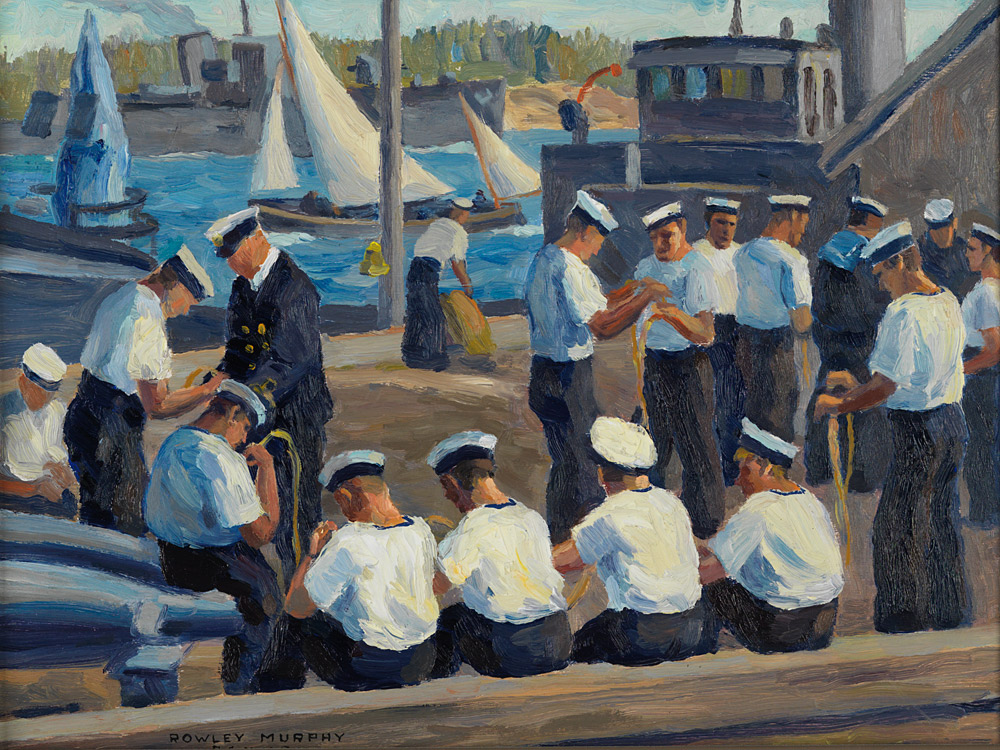
Large-scale military aviation began with the First World War, not long after the 1909 flight of the Silver Dart marked the start of aviation in Canada. As no Canadian Air Force yet existed, thousands of Canadians fought the First World War in British flying units.
Canadians first served with the Royal Flying Corps (RFC) or with the Royal Naval Air Service (RNAS). These two services amalgamated on April 1, 1918 into the Royal Air Force (RAF). In total, an estimated 13,000 – 22,000 individuals from Canada joined the British flying services.
In 1924, the Royal Canadian Air Force (RCAF) was created. With the outbreak of war in September 1939, the RCAF was able to draw on an existing cadre of officers and airmen and also attracted experienced personnel from private enterprise. By 1945, close to 250,000 men and women had served in the RCAF at home and abroad.
This guide will illustrate the process of researching an individual’s service, from the essential starting point of service documents, to supporting resources for detail and further discovery.
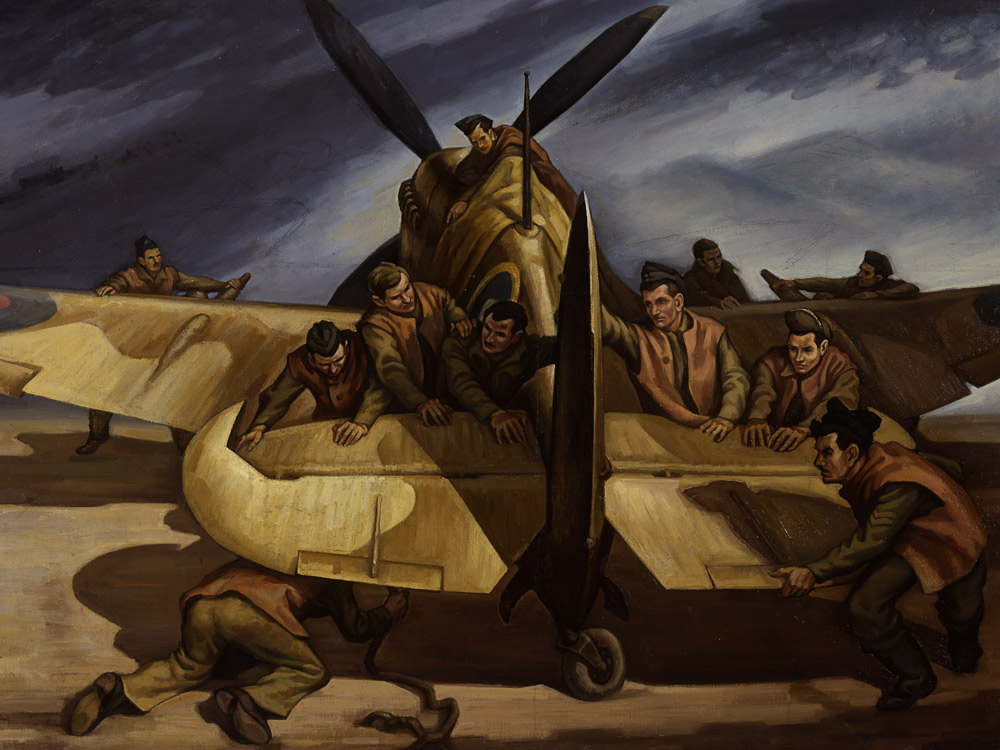
Prior to the First World War, Canada’s defence relied on the British Army and the Canadian militia. A small permanent force was created in the 1870s and by 1914 numbered about 3,000 all ranks. At the declaration of war in 1914, men rushed to join the newly constituted Canadian Expeditionary Force (CEF).
In total, over 620,000 men and women served in the CEF, including over 100,000 conscripts. The CEF formed part of the British Expeditionary Force (BEF), but most Canadians served within recognizable Canadian units, be it at the battalion, brigade, division, or within the Canadian Corps.
While the CEF was effectively disbanded in 1919, a small core of experienced officers and men remained in the army during the interwar years, and later formed the basis for the Canadian Army in the next war. At the outbreak of war in 1939, Canada’s army was initially known as the Canadian Active Service Force, and from the Fall of 1940, as the Canadian Army. Over the course of the war the Army grew to a force of 730,000 men and women, fought in multiple theatres of war, and made significant contributions to the success of the Allied cause.
This guide will illustrate the process of researching an individual’s service, from the essential starting point of service documents, to supporting resources for detail and further discovery.
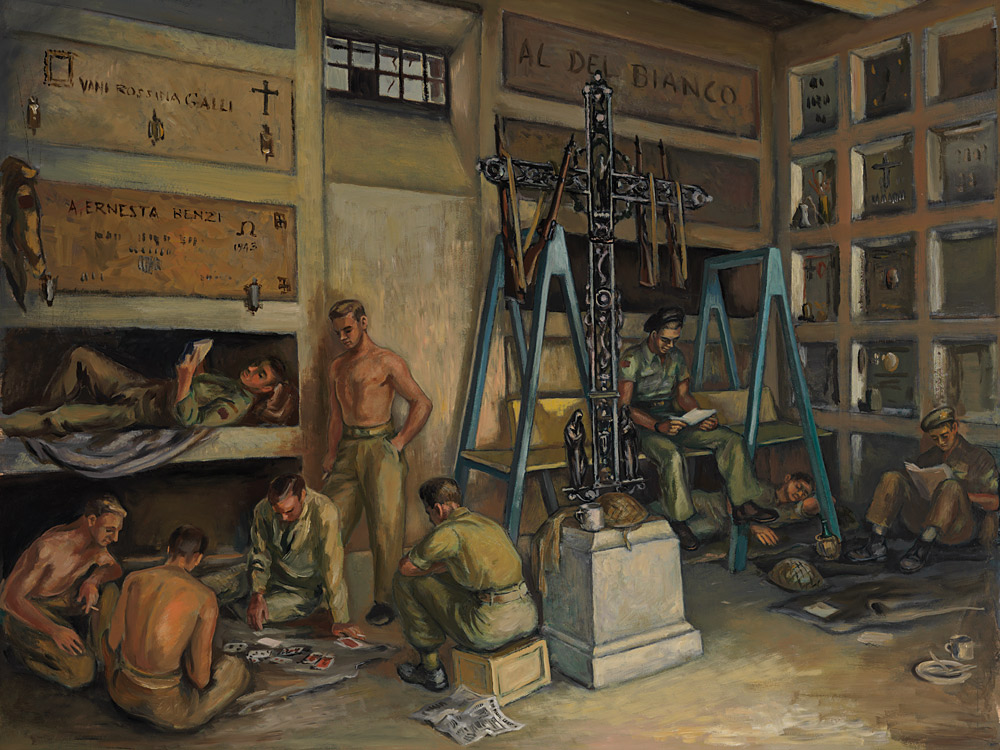
Prior to the First World War, few women experienced military service. Twelve women, including trained nurses and Anglican nuns, assisted government forces in nursing capacities during the North-West Resistance in 1885.
During the South African War (1899-1902) 12 trained Canadian nurses were attached to the British medical services. This foreshadowed the significant contributions that Canadian women would make to the war effort in both the First and Second World Wars.
Between 1914 and 1919, more than 3,200 nurses served with the Canadian Army Medical Corps (CAMC) at home and overseas. More than 1,000 also volunteered to serve in British hospitals as nurses and nursing assistants. During the Second World War, while women once again volunteered as nurses, the role of women in the military underwent a significant expansion. The Canadian Army, the Royal Canadian Air Force, and the Royal Canadian Navy created women’s divisions; as a result, about 50,000 women served in a variety of wartime occupations.
This guide will illustrate the process of researching an individual’s service, from the essential starting point of service documents, to supporting resources for detail and further discovery.
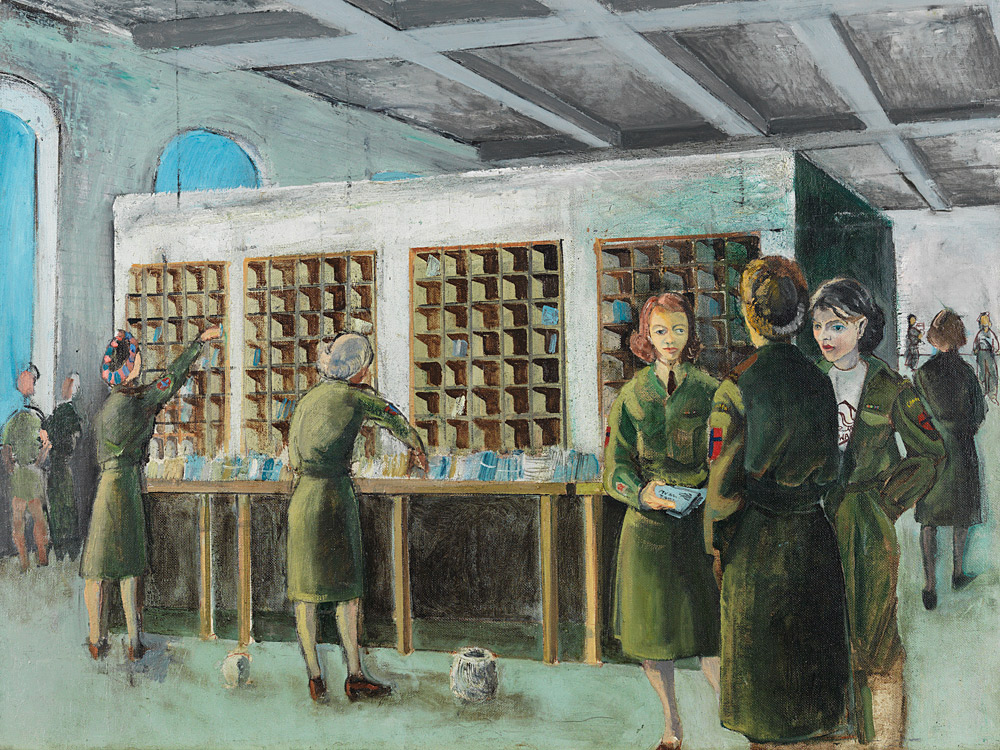
Given the size of the Canadian Expeditionary Force (CEF) and the nature of the First World War, the number of Canadian prisoners of war (POWs) was surprisingly small. According to the Report of the Ministry, Overseas Military Forces of Canada, published in London in 1919, some 3,747 men, including 236 officers, were captured by enemy forces and interned in Germany, or in occupied France. The Overseas Ministry reported that 301 died in captivity; 438 were repatriated prior to the end of hostilities; and 100 men, including one officer, escaped during the War.
Throughout the Second World War, about 9,700 Canadian military personnel found themselves in enemy hands. Some were airmen shot down over occupied territory, although soldiers were the largest number of prisoners. About 1,900 Canadian soldiers were captured at Dieppe in August 1942, and others would be captured in Italy, France, and northwestern Europe. Close to 1,700 Canadians became prisoners of the Japanese following the fall of Hong Kong in December 1941, while a smaller number were captured later in the War. Canadian sailors and merchant mariners were also taken prisoner.
German and Italian prisoners of war — about 37,000 in number — were held in 30 camps and numerous sub-camps located throughout Canada, both during and immediately after the Second World War.
This guide will illustrate the process of researching an individual’s internment, from the essential starting points to supporting resources for detail and further discovery.
Canada played a major role during the First and Second World Wars, with close to two million men and women serving in uniform at home and abroad. This involvement came with a price: More than 110,000 lost their lives during the Wars and in the immediate aftermaths.
Throughout the First World War, more than 650,000 men and women served in uniform as part of the Canadian Expeditionary Force (CEF), the Canadian Corps being its fighting arm. By 1916, the Corps consisted of four divisions fighting on the Western Front in France and Belgium. More than 22,000 Canadians were also keen on joining the air war and served with the British flying services: the Royal Flying Corps and the Royal Naval Air Service, which were unified as the Royal Air Force in April 1918. An estimated 1,600 Canadian airmen died either in action during the War, or from accidents or illness. About 9,000 Canadians served with the Royal Canadian Navy and the Royal Naval Canadian Volunteer Reserve, with close to 400 losing their lives.
Newfoundland was a separate Dominion. During the First World War, more than 6,000 Newfoundlanders served in the Royal Newfoundland Regiment, Newfoundland Forestry Companies, the Royal Navy, and the Merchant Marine. More than 1,800 individuals died during or as a result of the War, including those who served with the CEF, the British Army, and the Royal Navy.
Canada entered the Second World War on September 10, 1939. Over the course of the next six years, more than one million men and women volunteered with the Canadian Army, the Royal Canadian Air Force, the Royal Canadian Navy, and the Merchant Navy. At one point or other during the War, more than 12,000 Newfoundlanders — still part of a separate Dominion — served at home or abroad, largely in various branches of the British military, or in the Merchant Navy. By the end of 1947, more than 47,000 Canadians and Newfoundlanders had died during the War or of its effects.
Researching Canada’s war dead can be an act of commemoration and remembrance, with a wide range of resources available. The first group of records described in this document encompasses both world wars. The second and third groups relate separately to each war, representing individuals who served in Canadian and Newfoundland forces, but not necessarily to Canadians and Newfoundlanders who served in Commonwealth or other foreign forces.
This guide will illustrate the process of researching individuals who were killed or went missing, from the essential starting points to supporting resources for detail and further discovery.